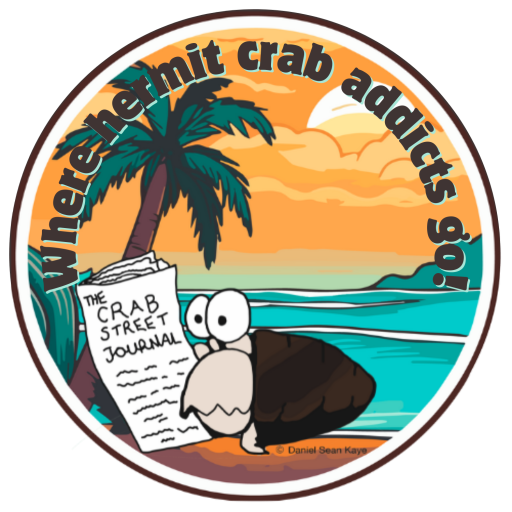Hermit crab enthusiast Jennifer Nielsen compares several brands of sea salt mix in this article.
Written by Jennifer Nielsen (aka redjln)
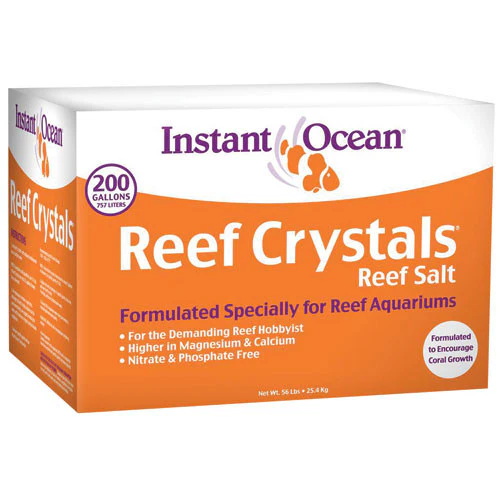
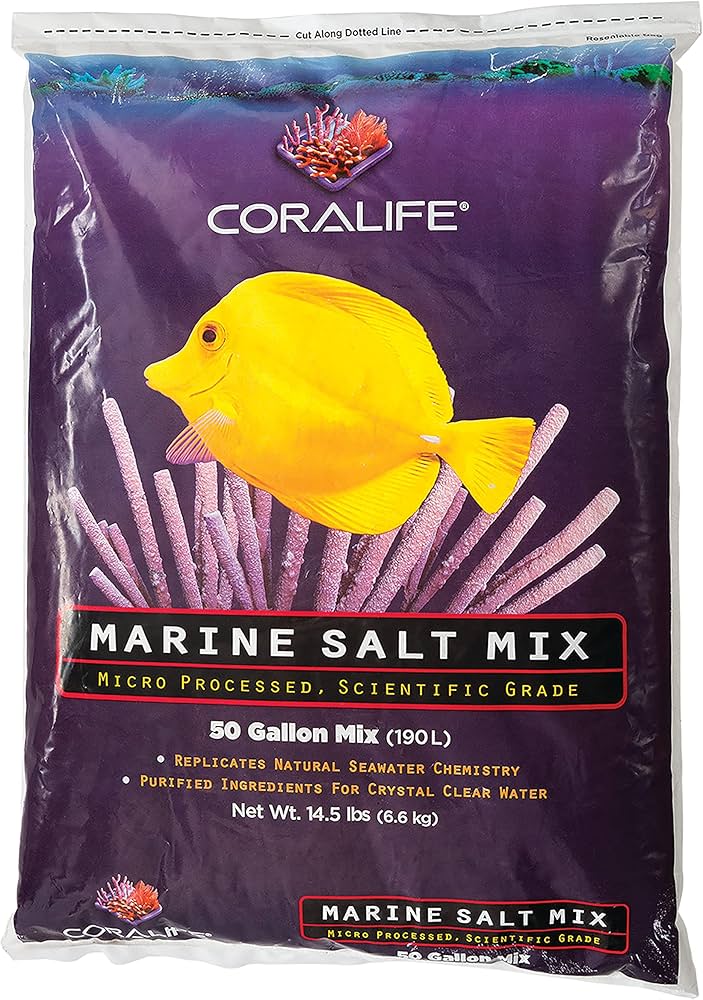

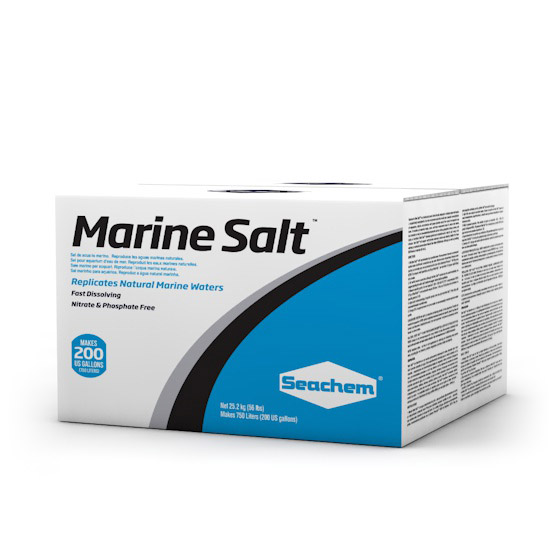
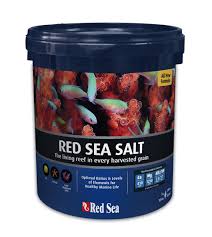
While many hermit crab owners realize the importance of providing Ocean Water to their pets, there is a question over which type and which specific product is the best. To answer this, I got Instant Ocean and Reef Crystals enriched blend by Aquarium Systems, Doc Wellfish’s Aquarium Salt, and Aquarium Salt by Jungle. I have gotten a container of Distilled Water to test the products in.
Now, I will disclaim right now that I do not have access to a laboratory of equipment. All I have to test with is a test kit by the name of Marine Master Saltwater test kit. This test kit was not the most expensive, not the cheapest. The test kit can test for pH, Nitrite, Ammonia, and Nitrate. Nitrate/Nitrite is both forms of Nitrogen that is on its way to be coming ammonia. Too much of both of these are deadly to both humans and animals, but are the final stages of the breakdown of waste products from living things. This is a critical part of marine fish keeping, and which is why it was included in the test kit. However for the sake of Hermit Crabs which consume the water, and the fact that nothing is living in this water, testing for pH is the only test that is logical.
What pH is defined as is a measurement of the concentration of hydrogen and hydroxide ions, as well as measures how acidic or alkaline it is. The scale ranges from zero to fourteen. Seven is the ideal number for that is neutral. Less than seven is an acidic solution, and greater than seven is alkaline solution. A good ocean water mix should have between 8.0 and 8.3 pH as that is what the ocean’s pH is. For the sake of this test, I am using this as means to discover if anything else is present in any of the waters.
I also got an inexpensive hydrometer for this testing. What a hydrometer is a means of measuring the amount of salt in water. Natural Sea Water is about 3.5%, yet this is affected by a variety of factors including water temperature. According to my research, marine tank owners tend to want their salinity to be between 1.021-1.024 and since the marine tank owners animals live in imitation ocean water I defer to the range that believe to be best. It has to be tested within a container that allows for the meter to float, which with it being a rather long glass tube posed it own challenges. Eventually I found containers that would work and they were boiled to sterilize them.
For a truly fair test, I decide to use distilled water. Distilled water is water that has no additives in it. Unlike tap or well water which will have minerals or other items in it which I figured could effect the results, I decided to go with as pure of water that I could find.
The first thing about The Doc Wellfish and Jungle products is terms such as “General Tonic and Stress reducers” or “Tropical Fish Treatment or with a remedy” on the packages. The Jungle product even gives a nice set of instructions on how to use this product to clean the tank. Neither the Jungle nor Doc Wellfish products truly give a method of creating ocean water. Which is what the hermit crabs are in of needed. Now the Instant Ocean product just explains that it comes close to being a natural ocean environment. Crystal Reefs also makes the same claims, but that their product also has added calcium.
The looks of the products vary. Doc Wellfish salt is shaped like large crystals. The Jungle Product has smaller crystal. However the Crystal Reef product has tiny crystals and Instant Ocean is a powder. From the standpoint of having to dissolve these products, Instant Ocean would appear to be the easiest to do so with. However, it turns out that all the salts were quickly and easily dissolved, Doc Wellfish only requiring a bit more stirring than the other products in the distilled water.
Now, both Instant Ocean and Reef Crystals give the instructions of a half cup to a gallon of water. There are sixteen cups in a gallon. There sixteen tablespoons in a cup, which meaning eight tablespoons in a half cup. Also there is a ratio of three teaspoons per tablespoon. Now to make a cup of ocean water with these products, I worked out that sixteen cups of water divided by twenty four teaspoons equals about one and half teaspoons. For a cup of water, I would need to use one and a half teaspoons. Now for the Jungle Salt and Doc Wellfish, I figured out that the directions of one tablespoon per five gallons worked out to about less than one-tenth of a teaspoon per cup. Plus, the ratios seemed a bit small, that I was not sure my hydrometer would be able to trace it. So I decided that one quarter of a teaspoon to four cups of water would have to work.
Then containers with the mixtures would also be given a chance to sit overnight to give the salt time to mend with the water and measurements taken. Although the packages claimed that the water would to be pretty much ready to use right away. My research suggested that allowing the water to rest prior to use. Also considering the amounts that most hermit crab owners use, any effects of the ocean water sitting would have an effect. This would show what the levels as if they water had been sitting for a bit. I know that with my thirteen hermit crabs it takes about a week to go through one cup of water.
The first test results were interesting taken after about an hour from the time the water was created. Instant Ocean landed in the center of the 1.020 to 1.030 range. Crystal Reef measured 1.034 to 1.036 ranges. This is higher than the preferred range for salt. Jungle’s salt, in spite of the ratio being higher than what the packaged suggested turned out to be ranking very low salt content of 1.000. Which when I tested my drinking water, is the same amount of this. Doc Wellfish tested to be 1.002. The next day, the hydrometer show no results when I tested the Jungle water. However, the Instant Ocean and Crystal Reef stayed the same with regards to the results I had gotten the day before. I waited a few more days and tried again. The result with Crystal Reef had changed, for the salt level had stabilized within the proper range after four days.
The pH test worked my changing the Ocean Water color. Instant Ocean and Crystal Reef measured a pH of 8.0 after creation and remained stable at this for the next few days. I could not get a reading for the Fresh Water Salt products. They had less than 7.8 pH content in it. The pH for Doc WellFish continued to decrease as well as for the Jungle Product, as I could tell by the color, but was not able to measure with my kit.
I would say the besides the fact the Ocean Water Mixes designed for Marine Tanks do contain more items in it than the products designed for Freshwater tanks. That the fresh water products would require a lot more salt than their packages suggest to create ocean water and are also missing the “something” that cause the pH in the marine products to stabilize. The Jungle Salt even breaks down to not even being in measurable in the water. The fact that Instant Ocean was within range for everything from the start it might be the preferred product to use. Yet, Crystal Reefs could be modified with the addition of some more fresh water to fall within the proper range. However, after sitting four days, it came into range on its own. If I had added the water would have made it back out of range for being too low in salinity.
The main conclusion I came to was that there is something different about the products that are used/designed for Marine Tanks. Something is present in the water that makes the pH stay stable and not decrease. For this reason alone, I advise that people use a Marine Salt mixture, and since most people may not have access to a hydrometer, mix the mixture light so as not to burn the hermit’s gills with too salty of water, considering that tap water also might contain a trace of salt in it.
For further information regarding freshwater salt mixes vs. ocean/sea water mixes that has been recently discovered, please see the end of Ocean Mixes at:
How do I mix ocean water

